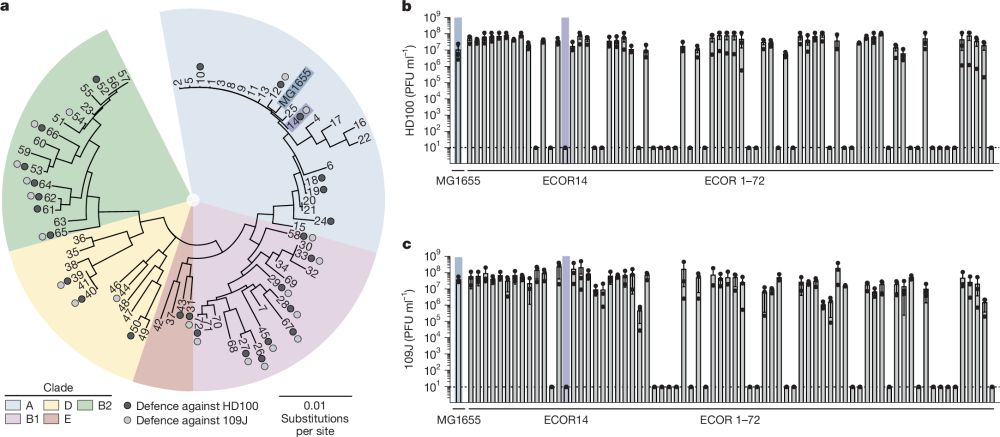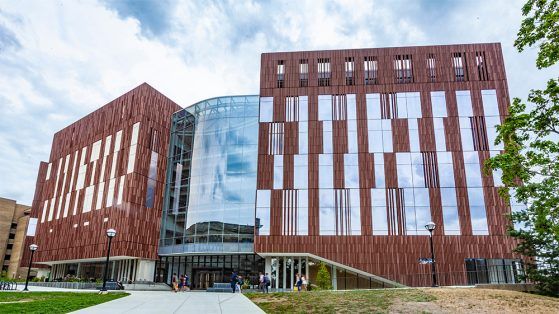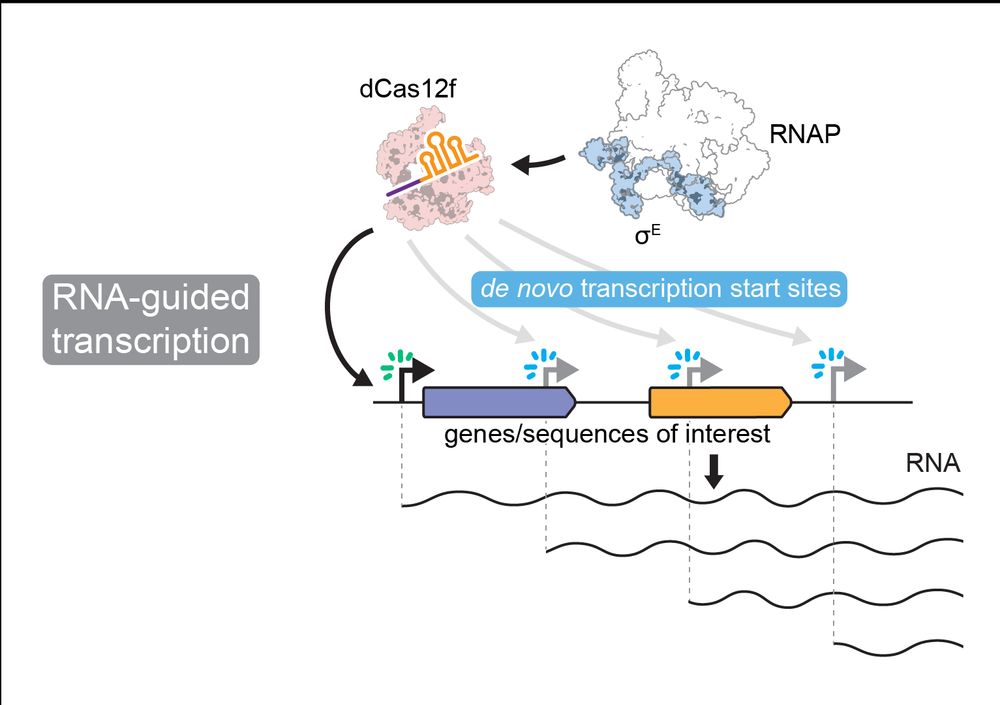Hannah Ledvina Ph.D.
@hannahledvina.bsky.social
470 followers
330 following
38 posts
Incoming Assistant Professor of MCDB at the University of Michigan. Former JCCF and Leading Edge Postdoc Fellow in the Aaron Whiteley lab at CU Boulder. Predatory bacteria and phage enthusiast obsessed with host-pathogen interactions. She/her.
Posts
Media
Videos
Starter Packs
Pinned
Reposted by Hannah Ledvina Ph.D.
Reposted by Hannah Ledvina Ph.D.
Ashley Sullivan
@aesully98.bsky.social
· Mar 31

A minimal CRISPR polymerase produces decoy cyclic nucleotides to detect phage anti-defense proteins
Bacteria use antiphage systems to combat phages, their ubiquitous competitors, and evolve new defenses through repeated reshuffling of basic functional units into novel reformulations. A common theme ...
www.biorxiv.org
Ashley Sullivan
@aesully98.bsky.social
· Mar 31

A minimal CRISPR polymerase produces decoy cyclic nucleotides to detect phage anti-defense proteins
Bacteria use antiphage systems to combat phages, their ubiquitous competitors, and evolve new defenses through repeated reshuffling of basic functional units into novel reformulations. A common theme ...
www.biorxiv.org











